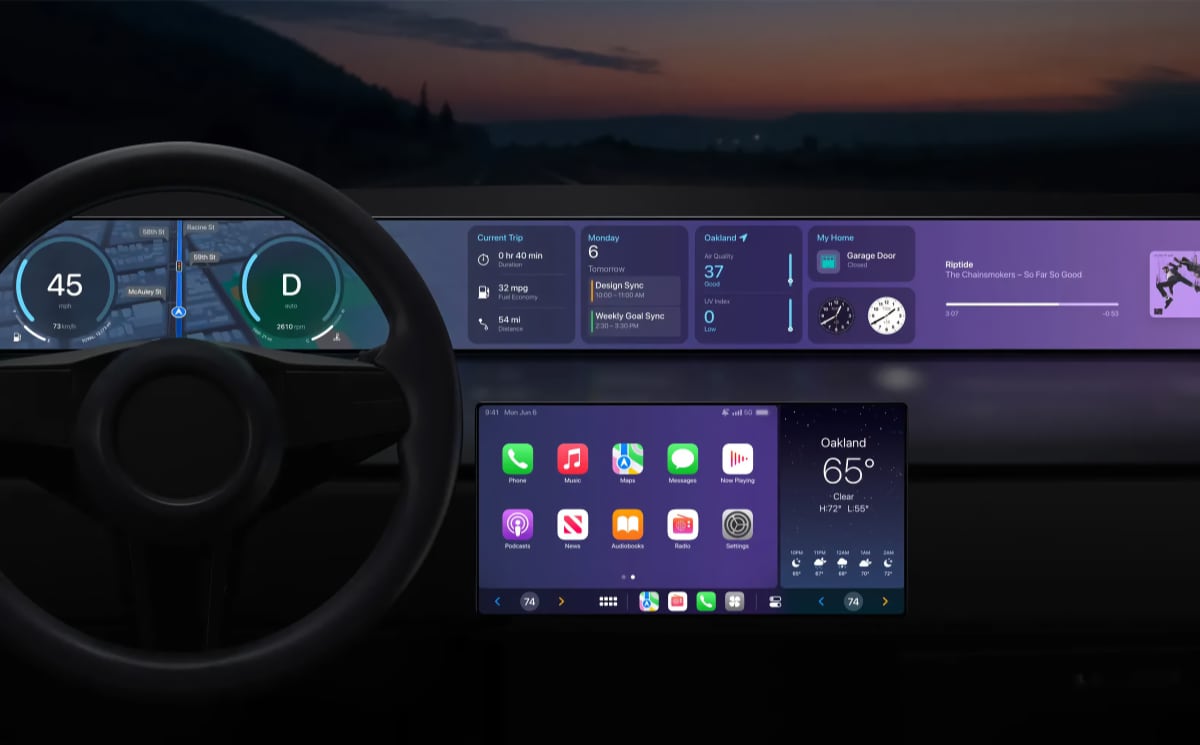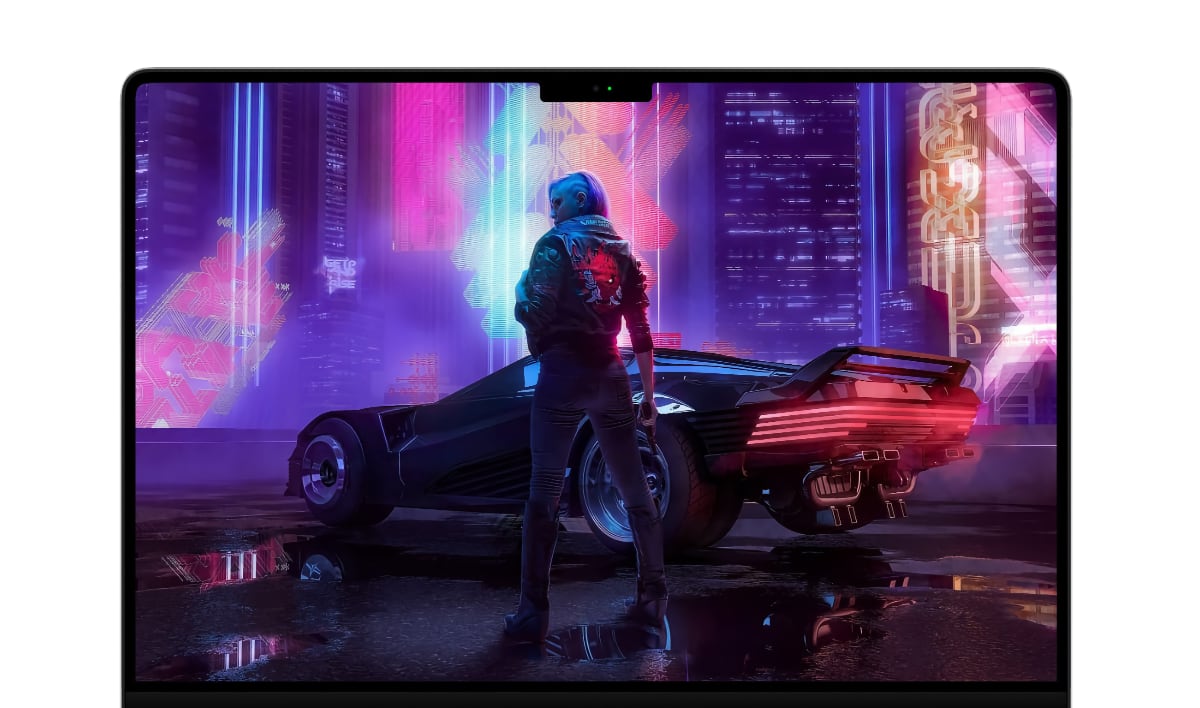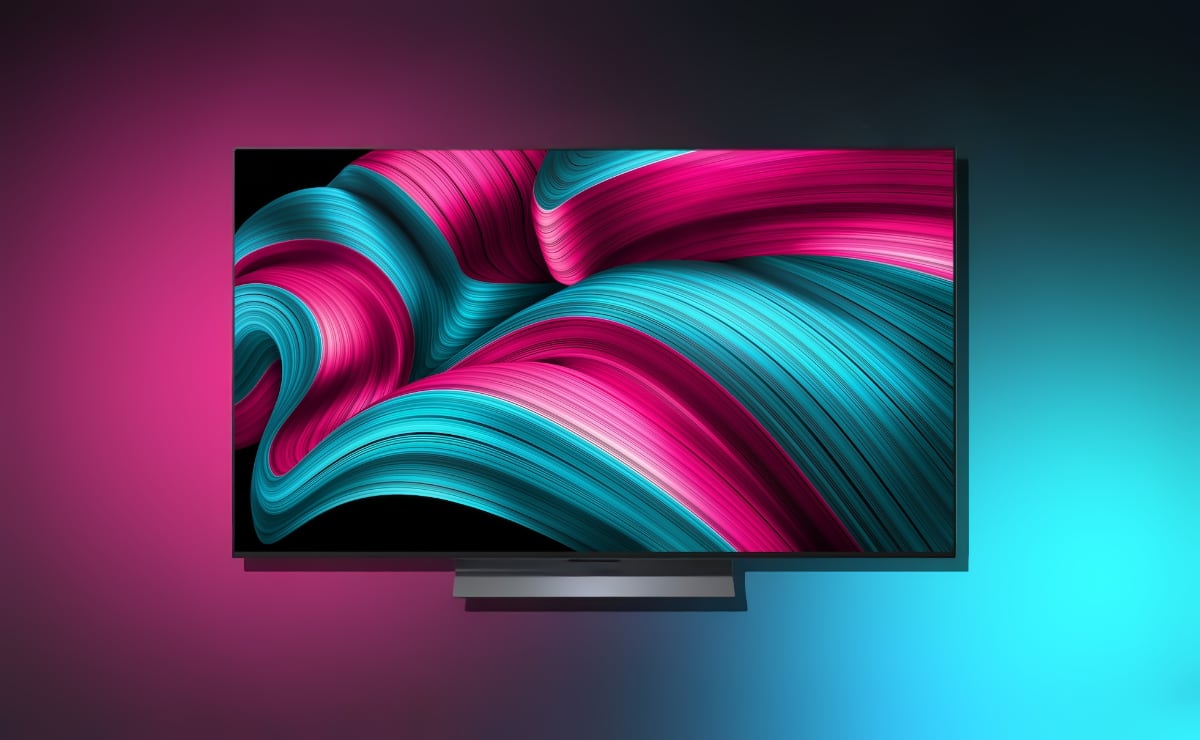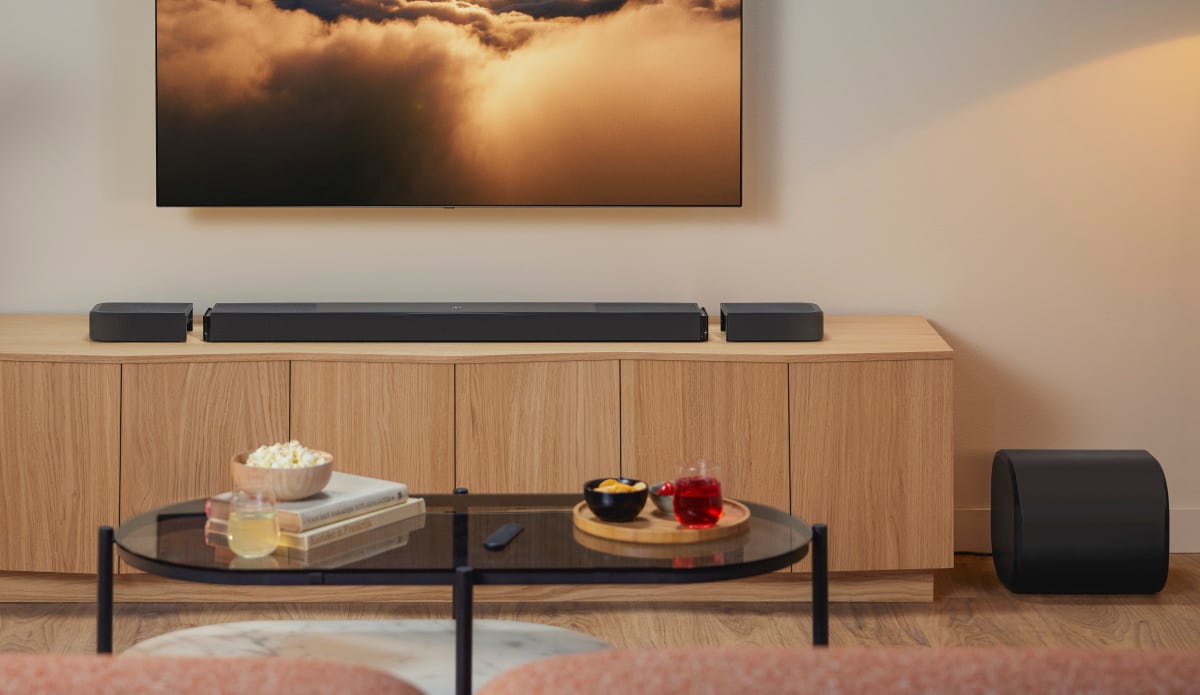Since launch, Dolby Vision has required specialized silicon in TVs and playback devices but the company has developed a full software implementation, which will help bring the Dolby Vision format to more devices, including potentially PlayStation and Xbox game consoles, according to Forbes.
Dolby Vision in software
The open HDR10 format has since the beginning been a firmware/software implementation but the more premium Dolby Vision HDR format has had some traits that have required more from the playback and display devices.
Specifically Dolby Vision “maps” the content to the screen’s unique display characteristics (peak brightness, color space etc.) to optimize the HDR viewing experience. Dolby has described how this concept, in the past, required a “chipset-based TV” or “FPGA (field-programmable gate array) based TV” but the company now appears to have developed a full software based implementation.
- “There are implementations that can run Dolby Vision in software, certainly in the console space but also in the TV SoC space. Specifics vary on a case-by-case basis depending on the hardware capability of the silicon in question, but we have development kits for various types of implementations, depending on the application: full hardware, hybrid of software and hardware or full software,” Dolby explained to Forbes.
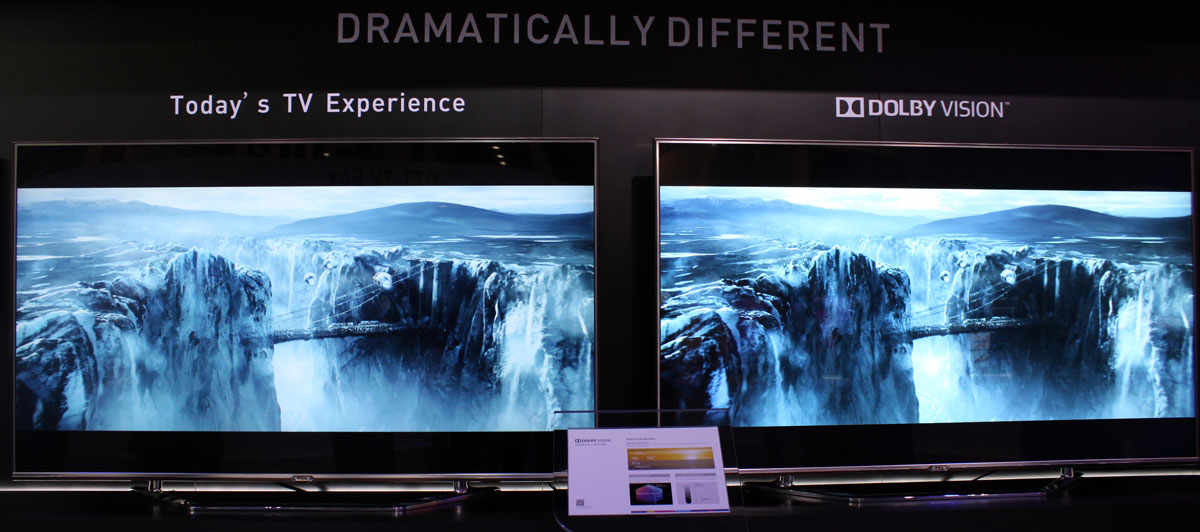
PlayStation, Xbox & Apple TV
This in essence means that Dolby Vision could potentially be added to existing devices such as the PlayStation and Xbox One game consoles as well as playback devices such as Apple TV or Nvidia Shield.
It takes significant processing power to do in software – like HEVC decoding in software – but Dolby confirms that some of the most powerful playback devices out there could, theoretically, do it.
- "It’s usually a question of: Can the available set of CPUs and GPUs handle the operations required. Some of the more modern high-end TV SoCs are incredibly powerful, so implementing Dolby Vision playback blocks on those chips is possible, even if they haven't been designed for Dolby Vision from the outset,” said Dolby.
To be clear, in order to support Dolby Vision the device will still be required to pass certification from Dolby and there will still be licensing costs involved. Dolby needs to individually certify products to ensure that everything works as intended. The new software implementation does not change that.
While this is exciting news for the premium HDR format, it will likely still take several more years for Dolby Vision to reach widespread adoption. Today, Dolby Vision is supported on select high-end TVs from LG, Sony, Vizio, and TCL, and in UHD Blu-ray players from LG, Oppo, and Philips (US). Content is available from Netflix, Amazon, and Vudu, and the first UHD Blu-ray discs in Dolby Vision will arrive in “early 2017”.
- Source: Forbes




